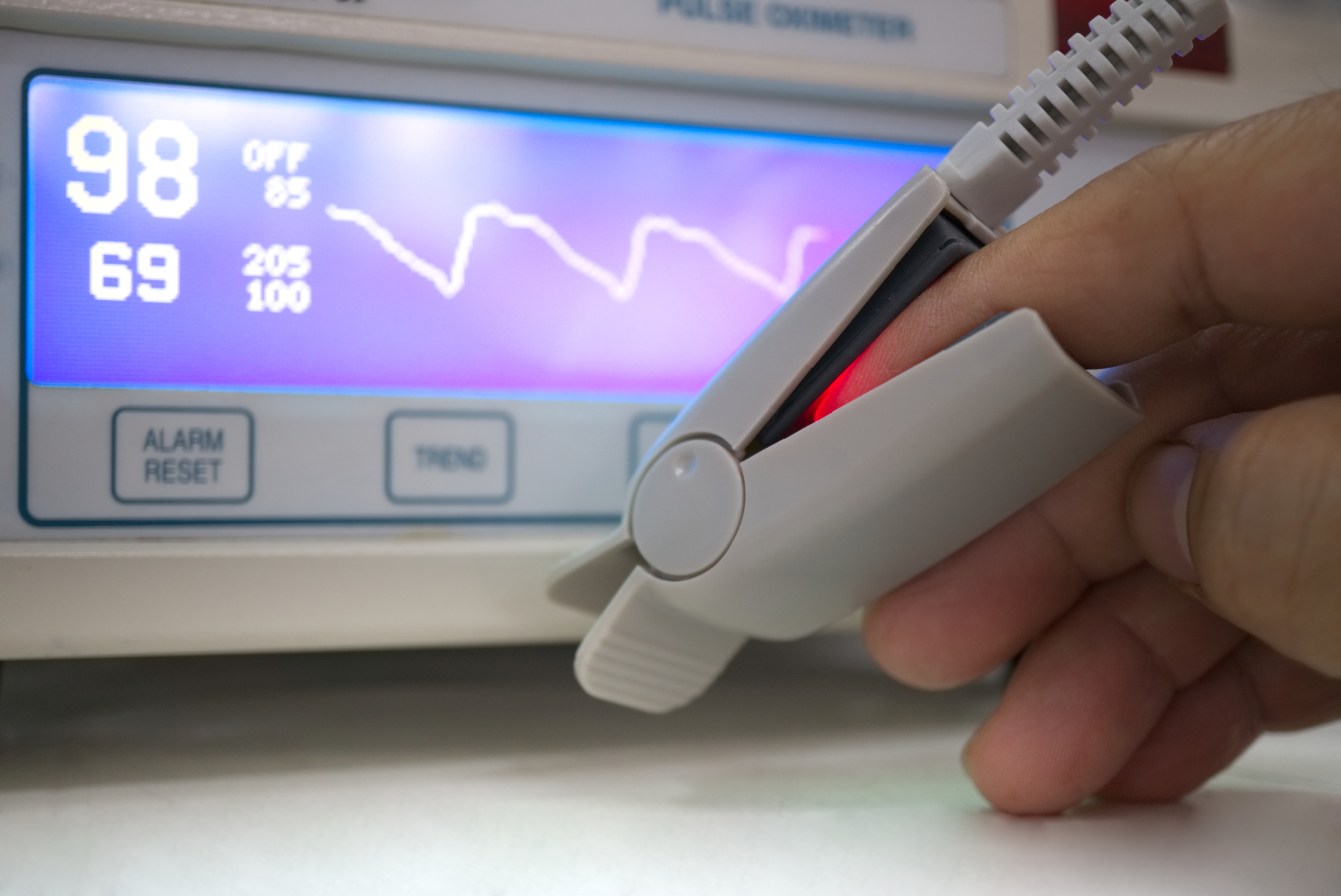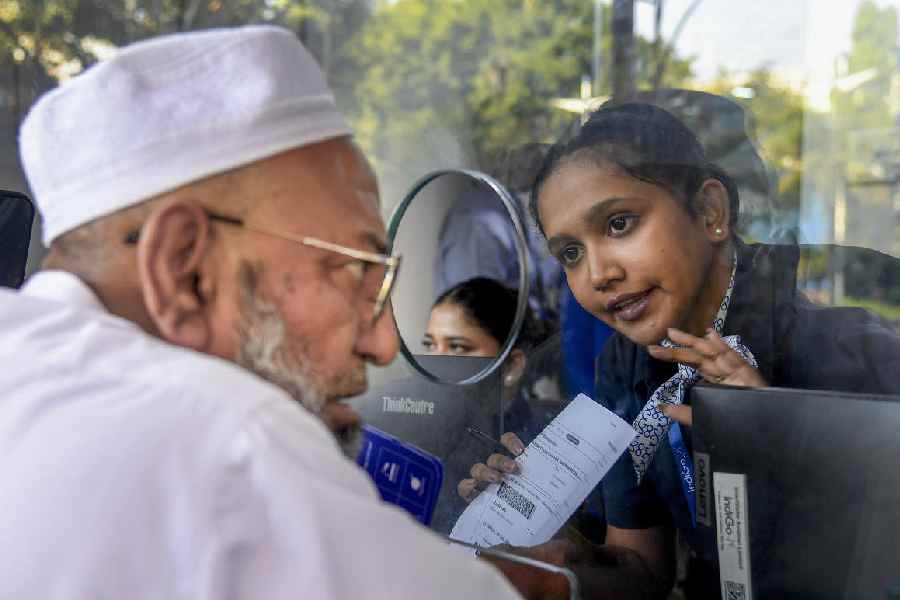- Gadget: Pulse oximeter
- Price: Dr Trust (Rs 3,999), Sansui (Rs 2,699), Accusure (Rs 2,699)
- Best For: Measuring the level of oxygen in blood
Until recently, most of us had never heard of a pulse oximeter. It is a simple device that can detect a drop in blood oxygen level well before a person starts getting out of breath. You clip the gadget on your finger (nail side up), press an “on” button and, within seconds, it lights up with numbers indicating your blood oxygen and your heart rate or pulse. If you are healthy, you should get a blood oxygen reading of 95 to 98. You should check with your doctor if it falls below 92.
The device, which looks like a mini stapler, surged in popularity as word spread that people with the coronavirus frequently arrive at hospitals with abnormally low oxygen levels. The virus causes a wide range of health problems from strokes, heart attacks and multiple organ failure, to the loss of taste and smell. But by far the deadliest is what’s called Covid pneumonia, when the lungs fill with fluid and the patient can’t take in oxygen. The odd thing about this pneumonia is that patients often suffer “silent hypoxia” — that is, they don’t feel the lack of oxygen in their blood and by the time they do, the oxygen has dropped to near-lethal levels and they have full-blown pneumonia.
A pulse oximeter is capable of sensing the onset of hypoxia and, by far the best thing, painlessly. You don’t need a prescription, and while pharmacies may be sold out, they are readily available online. While the devices are not cheap, one pulse oximeter per family is enough. They can be shared with a little disinfection.
Some experts have termed this device as “an indispensable addition to medicine” and even the “fifth vital sign”. Historically, patients were measured by four vital signs: temperature, blood pressure, pulse and respiratory rate. Now “oxygen level” is the fifth one.
Ironically, Takuo Aoyagi, the Japanese engineer whose pioneering work in the 1970s led to the modern pulse oximeter, died just a couple of months ago just when his invention turned into a critical tool in the fight against the novel coronavirus.
When a finger is inserted in the pulse oximeter, it beams different wavelengths of light through the finger. It targets haemoglobin, a protein molecule in the blood that carries oxygen. Haemoglobin absorbs different amounts and wavelengths of light, depending on the level of oxygen it’s carrying.
Most modern pulse oximeters also display the heart rate. The normal resting heart rate for adults ranges from 60 to 100 beats per minute. Athletes or people with high cardiovascular fitness have an even lower heart rate.
In recent times, a wide variety of fitness watches or wearable devices also claim to show oxygen level or heart rate but none of these is as accurate as the good old pulse oximeter. The research data on home-based devices have shown that they are more or less accurate within a few percentage points compared to more sophisticated ones available in hospitals.
Some experts, however, think a pulse oximeter should not be recommended on a widespread basis because it’s possible that it could give a faulty reading or be used incorrectly, prompting a patient to seek care unnecessarily or give a false sense of security, leading to patients ignoring other physical symptoms.
Still, the benefits outweigh the risks. This is why sales of the device have been skyrocketing. The demand is such that you have to wait for weeks to get one delivered from online stores. Brick-and-mortar drug stores are also running out of this device that has turned out to be a key tool in our ongoing fight against the novel coronavirus.










